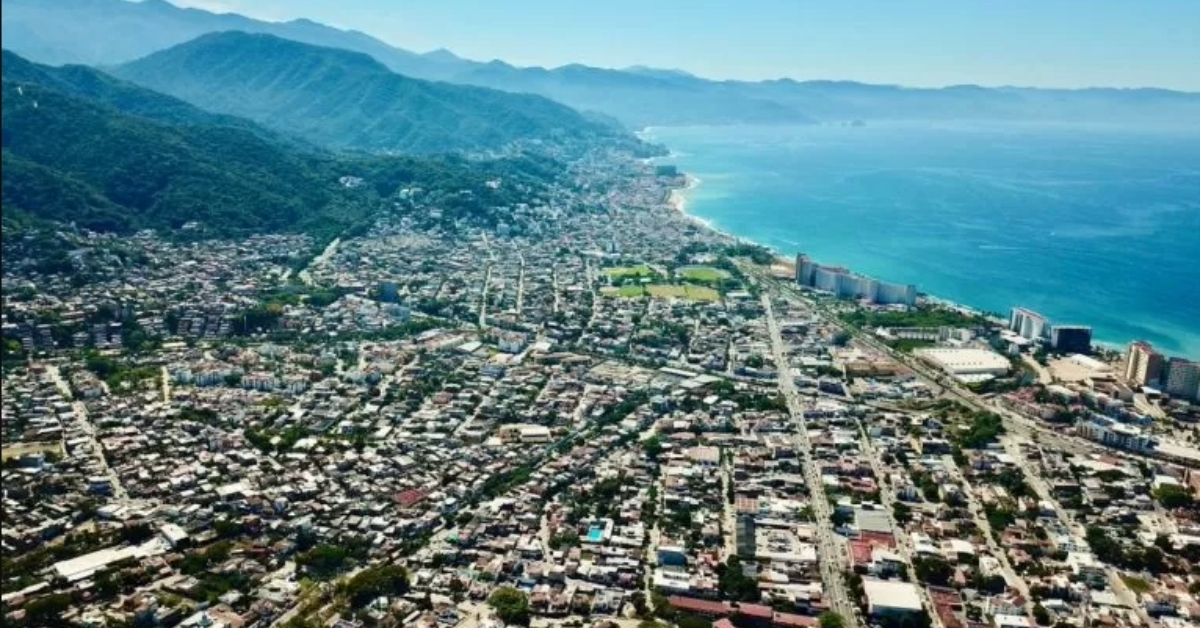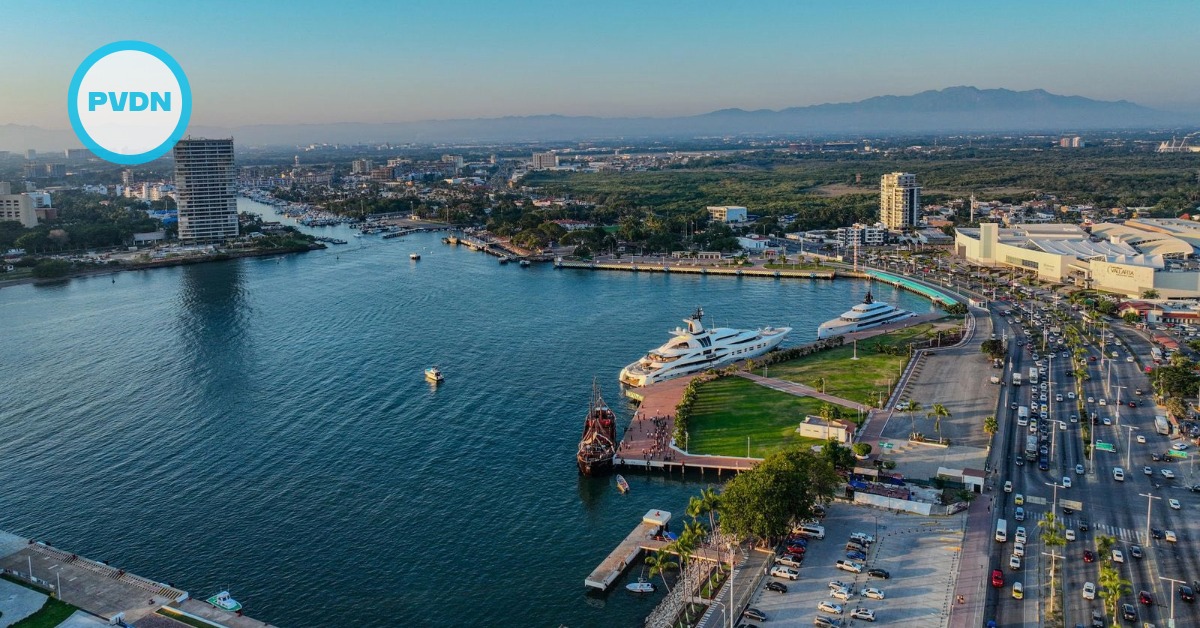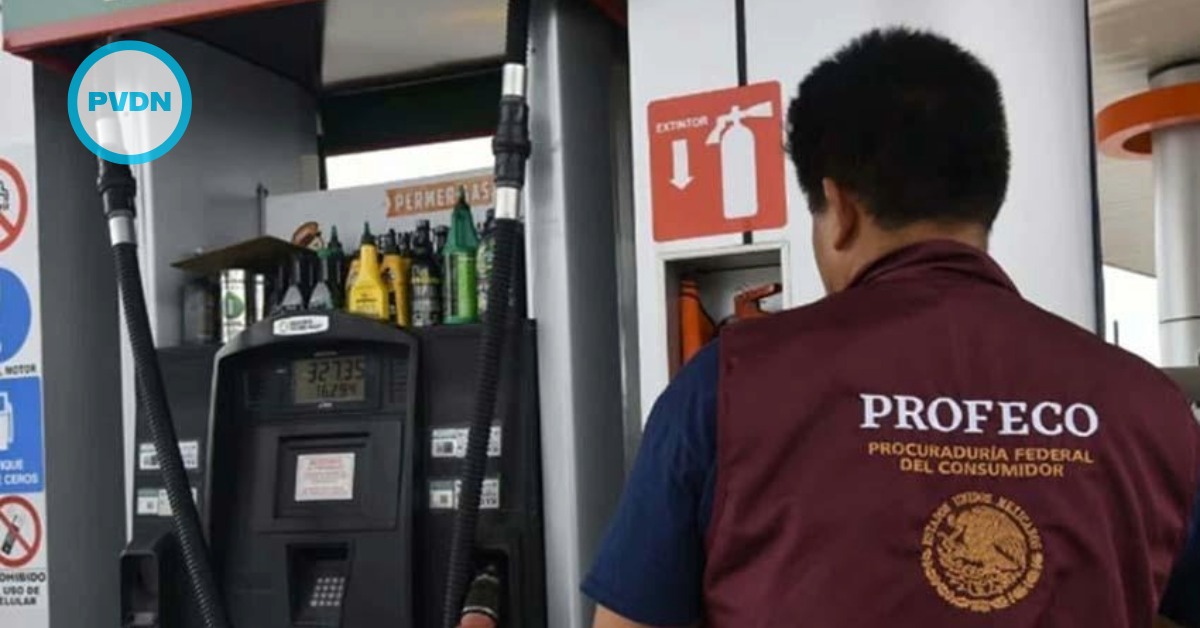Opinion - Puerto Vallarta, Mexico - For over 15 years, I called Puerto Vallarta home. It was a place that captured my heart with its unique charm, blending the natural beauty of the Pacific coastline with the vibrant culture of Mexico. When I first arrived, Puerto Vallarta was a laid-back beach destination where time seemed to move a little slower, and the sense of community was palpable. Over the years, however, I watched as the town underwent a transformation, one that, in my eyes, stripped it of its character and soul. The two benchmarks that stand out the most for me were the building of a new Malecon and the new Los Muertos Pier. Those two projects ushered in a new commercial tourism destination.






